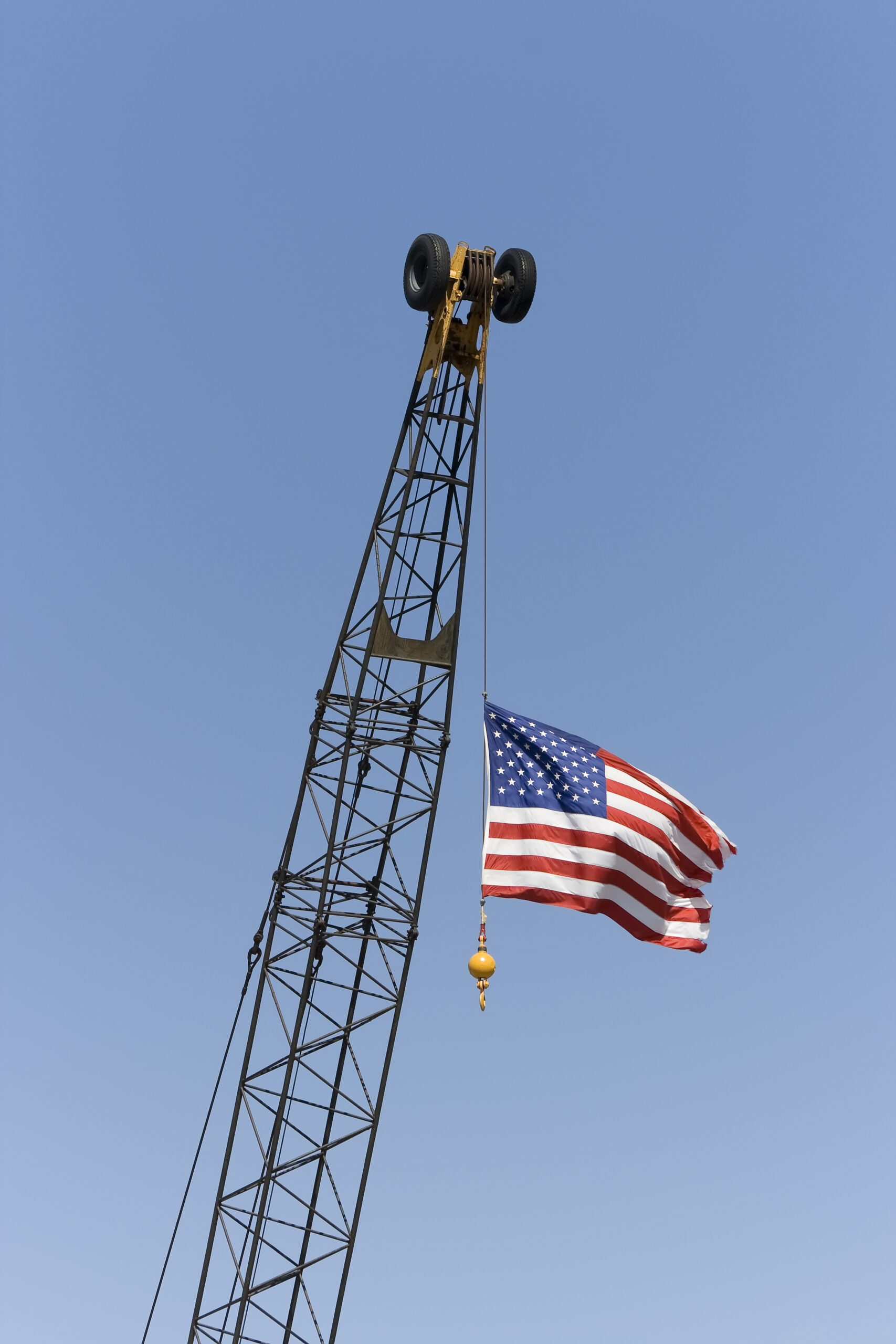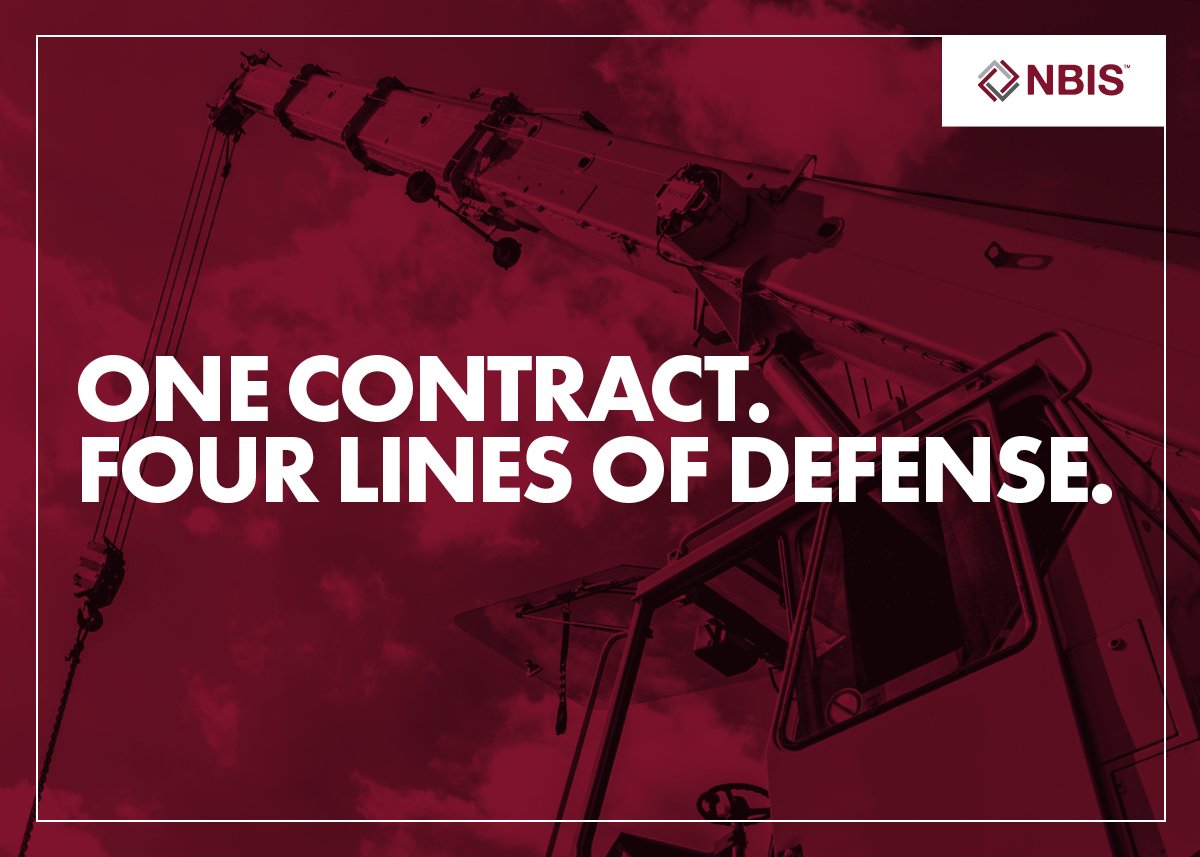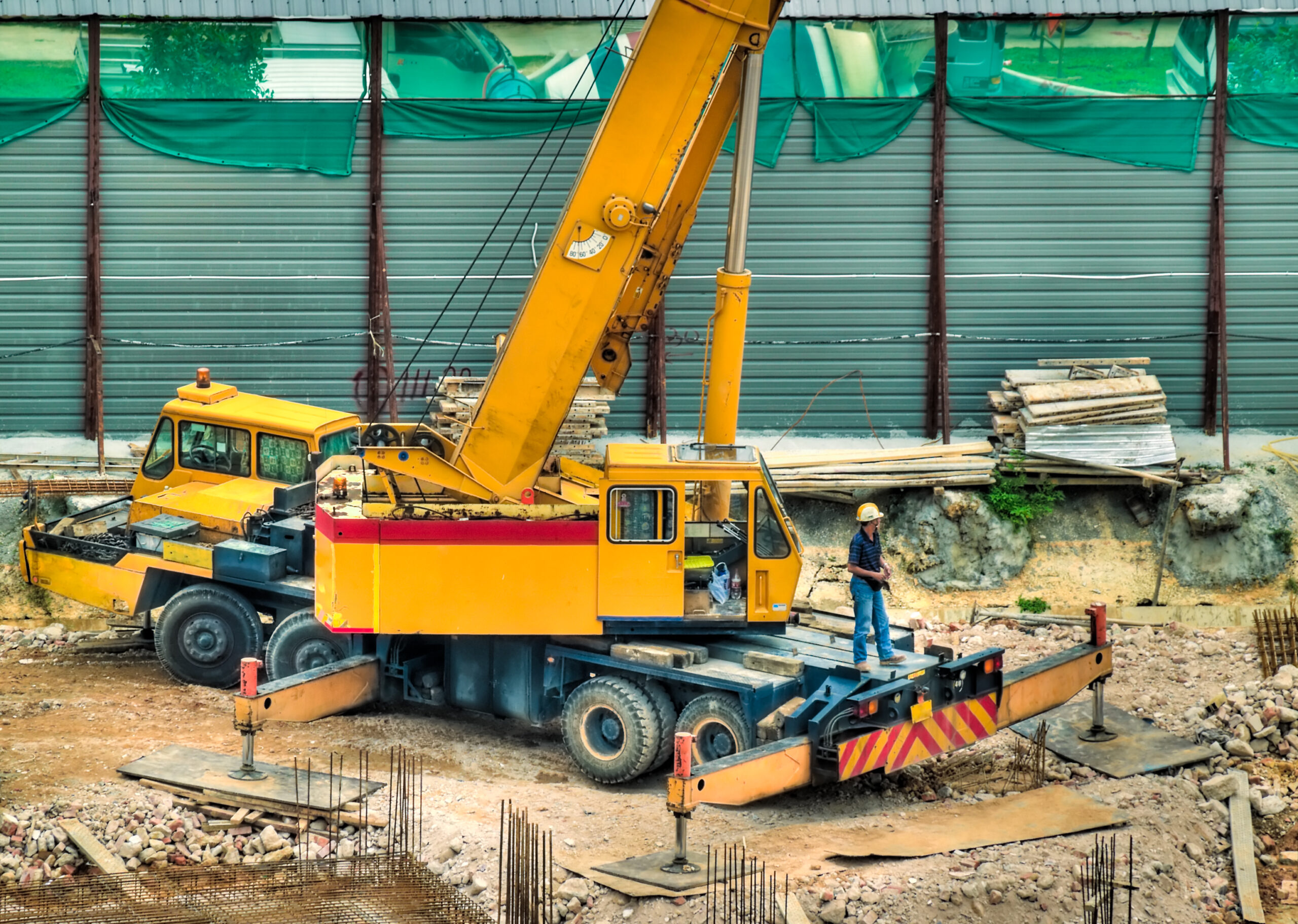Wind: it might be invisible, but it’s still one of the most audacious hazards a crane operator can encounter. According to ANSI, “Between 2000 and 2010, there were 1,125 tower crane accidents reported worldwide, resulting in over 780 deaths.” One of the main causation factors in those accidents was exposure to wind, “which caused 23 percent of all accidents.”
When Hurricane Irma hit South Florida on September 10, 2017, the topic of wind and how it relates to cranes, and, specifically tower cranes, was once again in the news. A Miami Herald headline for that day read: “Three cranes at South Florida construction sites have snapped in Irma’s howling winds.”
Wind presents critical daily challenges, especially as it pertains to controlling a load. A slight wind makes it challenging for an operator to keep a load steady. Load drift, load spin, swinging the boom, and holding the load in place are all factors the operator has to adjust for and work to control when wind is present. Taking that into consideration, Mark Krajci, the Product Manager for All-Terrain Cranes at Tadano America, has developed five practical points to consider when it comes to wind.
- Prior to a lift, you should anticipate and study the possible effects of wind on the load on the crane. The larger the load and sail area, the lower the wind speed the load can safely be lifted in. (There is a formula for this in every operator’s manual.)
- Prior to any lift, check the latest weather reports for possible high wind conditions and plan accordingly. The Site Supervisor, the Lift Director and the Operator all have a part in this plan.
- Always have access to and know where the Beaufort wind chart and deduction notes are located in the operator’s manual and load charts.
- It is essential that the crane be properly set up. Out-of-level cranes only get worse in high-wind conditions
- Never carry out lifting operations when the permissible wind speed has been exceeded. Know what this speed. If equipped, use the anemometer.
Wind is a big deal, and it’s a big deal that must be dealt with in every crane operation. In fact, crane manufacturer Liebherr has issued a 56-page training document titled Influence of Wind of Crane Operations that reminds us: “Before starting work, the crane operator must determine the expected maximum wind speed at [the] site by contacting the appropriate weather office. If impermissible wind speeds are expected, the load must not be lifted and the crane may not be erected.”
OSHA writes on their website about load charts and wind speeds: “Load charts do not generally take wind speeds into consideration. If the load chart or the operating manual does not have information on wind speeds and de-rating information, the crane manufacturer should be consulted. The procedures applicable to the operation of the equipment, including rated capacities (load charts), recommended operating speeds, special hazard warnings, instructions, and operator’s manual, must be readily available in the cab at all times for use by the operator. (See 29 CFR1926.1417(c)) The maximum allowable wind speed and de-rating information need to be posted conspicuously in the cab or on the load chart.”
OSHA’s take on wind as it pertains to crane operations is essentially threefold: load charts do not generally take wind speeds into consideration; the crane manufacturer should be consulted if the operating manual doesn’t have wind speed information; and operating procedures, maximum allowable wind speeds, special hazards, warnings, and instructions need to be posted conspicuously in the crane’s cab.







